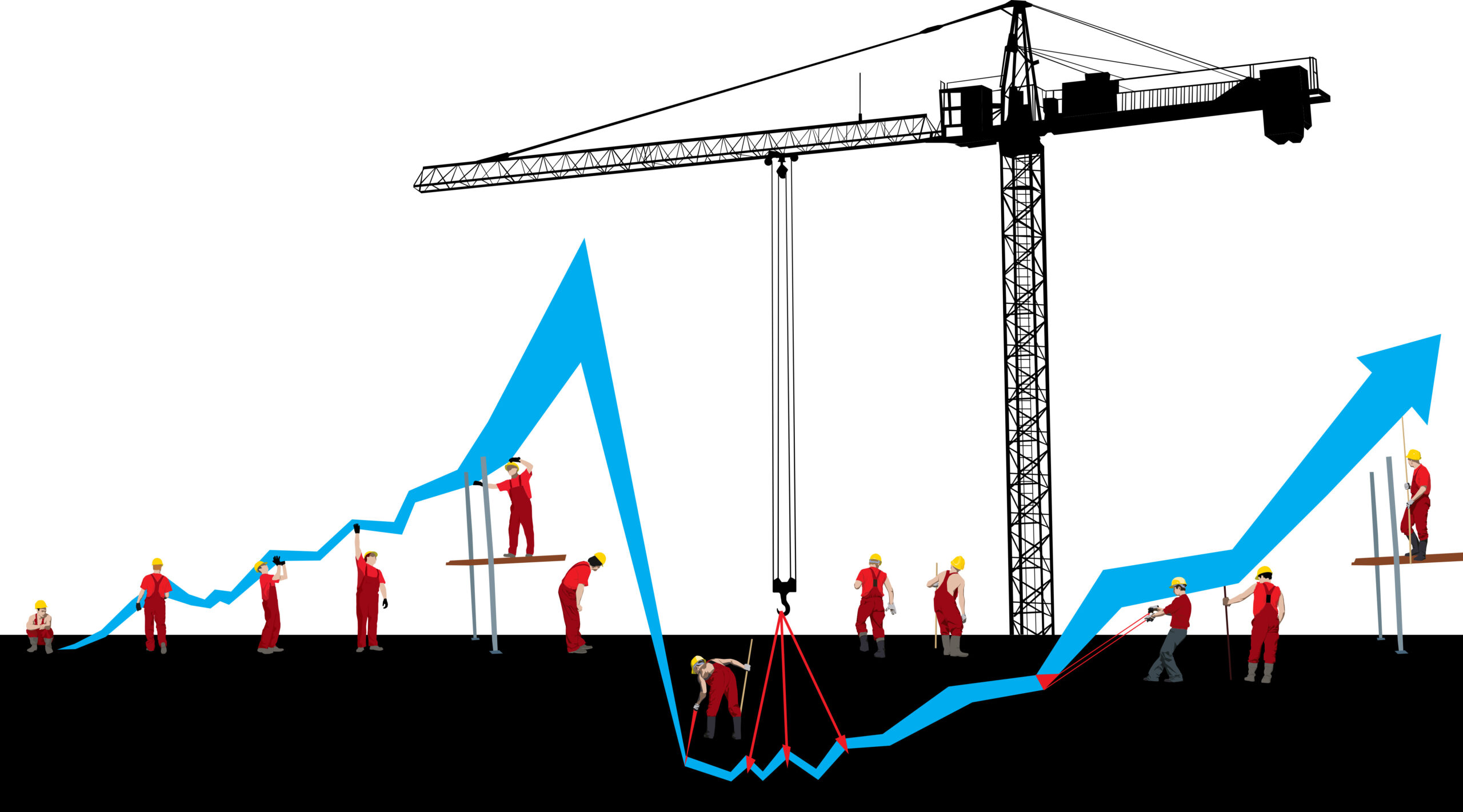Blog
Why Integrated Technology Solutions are Critical in Modern Construction
Between coordinating multiple teams across various job sites, managing complex schedules, tracking countless materials, and keeping projects profitable, construction businesses have a lot to juggle. And adding to the pressure is a growing list of challenges such as labor shortages, rising prices, and increasing compliance requirements.
It’s important for teams to have real-time visibility into their projects to ensure they are staying on track. Technology can be a vital tool in providing the insights your business needs, but not all technology is created equal. Some technology, namely disconnected systems, can actually hamper your progress and create more issues for your business. Disconnected systems operate independently from one another without sharing data automatically, creating information silos that prevent teams from working together effectively. That’s why integrated technology solutions have become not just helpful, but absolutely critical for modern construction operations.
The Hidden Cost of Disconnected Systems
Many construction businesses are currently operating with at least some disconnected systems. Do you have takeoff software that doesn’t feed quantities into your estimating system? Accounting software that can’t access real-time field data? Scheduling tools that aren’t linked to resource management systems?
When these systems aren’t connected it causes more than a minor inconvenience. It’s inefficient, costly, and can open your business up to unnecessary risk. When solutions aren’t integrated teams are manually entering data into multiple systems, increasing the risk of errors, delays, and missed opportunities.
A simple miscommunication about material quantities can cascade into significant cost overruns. A delay in updating schedule information can leave crews idle or working on the wrong tasks. And without real-time financial visibility tied to field progress, you might not realize a project is going off track until it’s too late to course correct.
To further compound the issue, you’re making decisions based on inaccurate or outdated information. This lack of visibility can affect all phases of a project and significantly impact not only the project’s profitability, but the financial health of your business.
The Integration Advantage
Integrated technology solutions create a single source of truth across your entire organization. When your takeoff, estimating, project management, field operations, and accounting systems talk to each other seamlessly, you have real-time data you know you can rely on, providing a number of advantages, including a significant reduction in manual data entry, increased visibility, and a decrease in costly errors and rework. Let’s take a closer look at how some of these advantages can benefit your business:
- Always Know Estimated vs. Actual Costs
When estimating data flows directly into project management and procurement, you maintain the crucial link between what was bid and what gets built. Your team can easily compare estimated vs. actual costs in real-time, catching variances before they become problems. Plus, having detailed takeoff information readily available during construction means field teams always know exactly what they’re supposed to be installing and where.Without integration, many contractors win a bid and essentially start from scratch setting up the project. With integrated systems, takeoff data automatically creates budget line items, material lists, and even helps generate schedules. This saves hours of setup time and eliminates those frustrating situations where field execution doesn’t match what was originally estimated. Plus, once you set up integrated systems it makes it easier to refer to past projects or your historical cost database to improve future estimates.
- Field and Office Finally on the Same Page
The disconnect between field operations and office management has long been a pain point in construction. Integrated solutions bridge this gap by giving teams in the field mobile access to the information they need from the back office.Consider daily field reporting. With integrated systems, a superintendent can document progress, labor hours, material deliveries, and issues using a mobile device. That information instantly updates project schedules, inventory levels, and financial forecasts. Office staff get real-time visibility without waiting for end-of-week reports, while field personnel spend less time on paperwork and more time focusing on the actual work.
- Financial Management Built on Real Data
It’s easy for mistakes to slip through when you’re using disconnected systems. Think of the volume of invoices, time sheets, and financial documents your teams deal with on a daily basis – nobody has time to cross-reference everything. However, when your accounting system connects directly to field operations and project management, you gain unprecedented control over your business finances.Invoices can be automatically matched against delivery tickets and purchase orders, flagging discrepancies before payment. Labor costs flow directly from field time tracking to payroll processing. Project managers receive instant notifications when costs approach budget thresholds. And teams can generate accurate, up-to-date financial reports that reflect what’s actually happening across all projects.
Making the Move to Integrated Solutions
By now, you may be convinced that integrated systems are the way to go but are unsure where to begin. The good news is that you can begin by making incremental changes and move at a pace that makes the most sense for your business. Here are some practical considerations to consider as you begin the transition:
Start with Your Core Processes
It can be unrealistic to integrate everything at once so figure out what works for your timeline and budget. A good general rule of thumb is to identify your most painful disconnects—perhaps it’s entering all your takeoff quantities into your estimating system, the handoff from estimating to project setup, or the lag between field progress and financial reporting. Focus on integrating those areas first as they can alleviate pain points and provide a quick win to demonstrate the value of integrated solutions.
Choose Flexibility and Scalability
When it comes to building a technology stack, the most successful contractors often select open platforms that can connect to other best-in-class solutions. This approach gives you the flexibility to adopt specialized tools you may need for specific tasks while maintaining data flow between systems.
While an end-to-end cloud platform may solve most of your needs, selecting a solution with open APIs ensures you’re not limited to that solution’s capabilities if your needs change. Plus, cloud-based solutions are easily scalable as your business grows.
Prioritize User Experience
Integrated systems can be a game-changer but even the most powerful integrations won’t deliver results if your teams aren’t using the solutions. Look for solutions with intuitive interfaces that will be easy for your teams to use. Mobile accessibility is particularly important for field adoption, as is offline functionality for job sites with limited connectivity.
Plan for Change Management
There will be a learning curve as teams begin using new technology and implementing the new workflows that accompany them. It is important to invest in proper training and allow time for your teams to adapt. You could consider identifying key stakeholders within each department who can help colleagues embrace the changes and provide feedback for improvements.
Looking Forward
In today’s competitive construction environment, integrated technology solutions aren’t just nice to have—they’re essential. By breaking down information silos and creating seamless workflows across all aspects of your business, you’ll reduce errors, improve efficiency, and ultimately deliver better projects more profitably.
And as construction continues to evolve, the integration of technology systems will only become more important. By laying the groundwork now, your business will be able to more easily adopt technological advancements in areas such as AI and machine learning, positioning your business for future growth.




